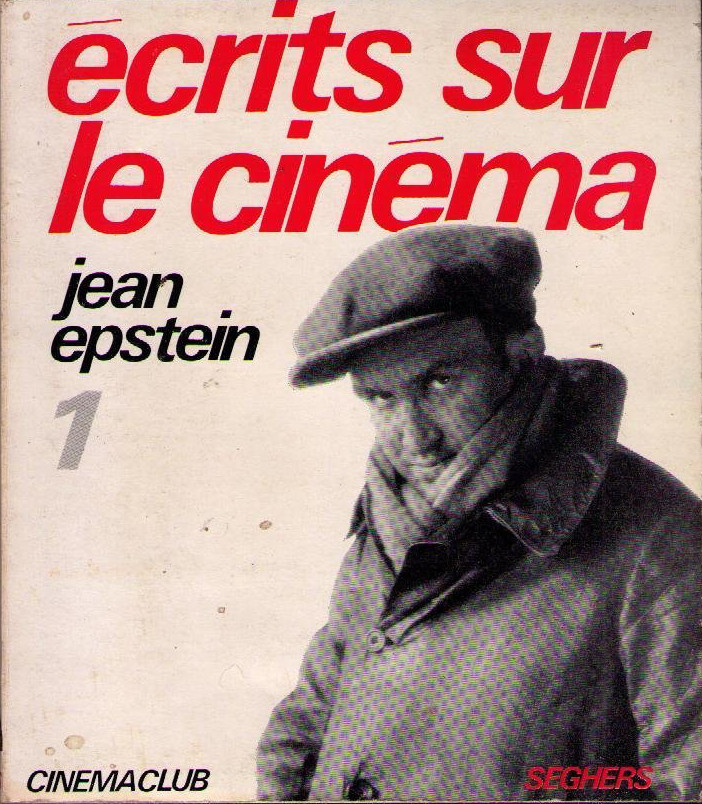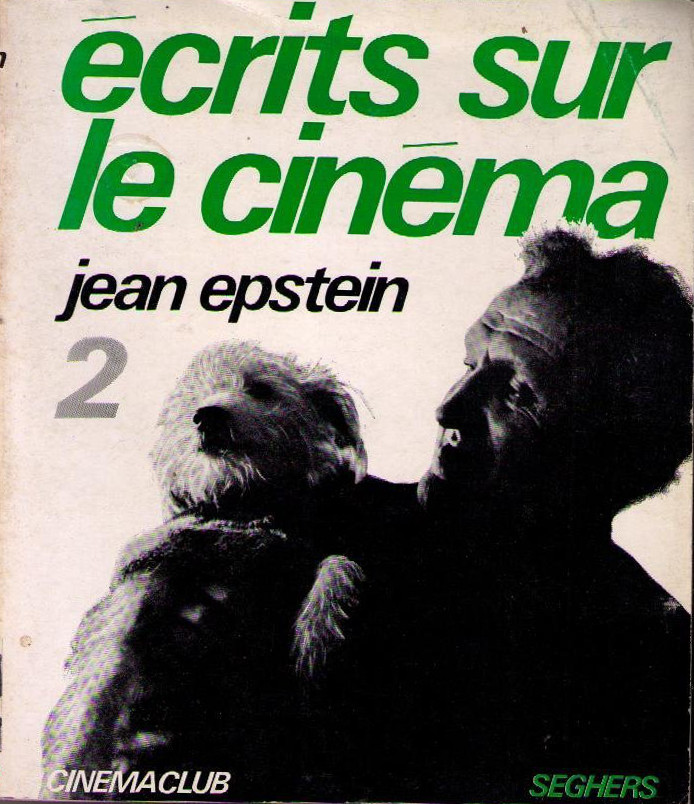Andrey Smirnov: Sound in Z: Experiments in Sound and Electronic Music in Early 20th-century Russia (2013)
Filed under book | Tags: · 1910s, 1920s, 1930s, art, art history, avant-garde, bio-mechanics, electroacoustic music, electronic music, music, music history, musical instruments, russia, sound, sound art, soviet union, technology

“Sound in Z supplies the astounding and long-lost chapter in the early story of electronic music: the Soviet experiment, a chapter that runs from 1917 to the late 1930s. Its heroes are Arseny Avraamov, inventor of Graphic Sound (drawing directly onto magnetic tape) and a 48-note scale; Alexei Gastev, who coined the term “bio-mechanics”; Leon Theremin, inventor of the world’s first electronic instrument, the Theremin; and others whose dreams for electronic sound were cut short by Stalin’s regime. Drawing on materials from numerous Moscow archives, this book reconstructs Avraamov’s Symphony of Sirens, an open-air performance for factory whistles, foghorns and artillery fire first staged in 1922, explores Graphic Sound and recounts Theremin’s extraordinary career-compiling the first full account of Russian electronic music.”
Edited by Matt Price and David Rogerson
Foreword by Jeremy Deller
Publisher Koenig Books, London, in partnership with Sound and Music, London, 2013
ISBN 3865607063, 9783865607065
281 pages
Talk by the author (audio, 90 min, 2012)
Interview with author: Nathan Budzinski (video, The Wire, 2013).
Exh. review: Daniele Balit (The Wire, 2009).
Reviews: Agata Pyzik (Calvert Journal, 2013), Colin McSwiggen (n+1, 2013), Alessandro Ludovico (Neural, 2013), Jacob Gotlib (Computer Music Journal, 2014), Thomas Patteson (Current Musicology, 2017).
PDF, PDF (14 MB, updated on 2020-11-1)
Comments (13)Partha Mitter: The Triumph of Modernism: India’s Artists and the Avant-Garde, 1922—1947 (2007)
Filed under book | Tags: · 1920s, 1930s, 1940s, art, art history, avant-garde, bauhaus, colonialism, india

“This richly illustrated book explores the contested history of art and nationalism in the tumultuous last decades of British rule in India. Western avant-garde art inspired a powerful weapon of resistance among India’s artists in their struggle against colonial repression, and it is this complex interplay of Western modernism and Indian nationalism that is the core of this book.
The Triumph of Modernism takes the surprisingly unremarked Bauhaus exhibition in Calcutta in 1922 as marking the arrival of European modernism in India. In four broad sections Partha Mitter examines the decline of ‘oriental art’ and the rise of naturalism as well as that of modernism in the 1920s, and the relationship between primitivism and modernism in Indian art: with Mahatma Gandhi inspiring the Indian elite to discover the peasant, the people of the soil became portrayed by artists as ‘noble savages’. A distinct feminine voice also evolved through the rise of female artists. Finally, the author probes the ambivalent relationship between Indian nationalism and imperial patronage of the arts.
With a fascinating array of art works, few of which have either been seen or published in the West, The Triumph of Modernism throws much light on a previously neglected strand of modern art and introduces the work of artists who are little known in Europe or America. A book that challenges the dominance of Western modernism, it will be illuminating not just to students and scholars of modernism and Indian art, but to a wide international audience that admires India’s culture and history.”
Publisher Reaktion Books, 2007
ISBN 1861893183, 9781861893185
271 pages
Jean Epstein: Écrits sur le cinéma, 1921-1953, tome 1-2 (1974–75) [French]
Filed under book | Tags: · 1920s, 1930s, 1940s, 1950s, avant-garde, cinema, film, film criticism, film history, film theory


Foreword by Henri Langlois
Introduction by Pierre Leprohon
Publisher Seghers, Paris, 1974–75
436 and 352 pages
via Reyovak
Tome 1: 1921-1947 (Foreword and Introduction are missing, 125 MB)
Tome 2: 1946-1953 (95 MB)

